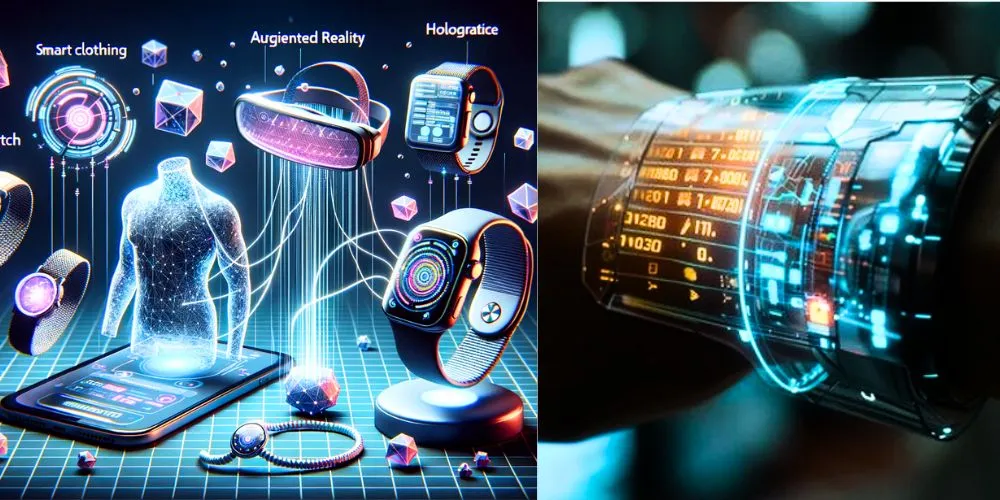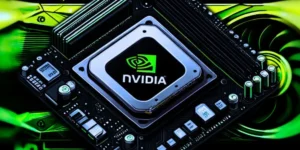Wearable technology has evolved far beyond simple fitness trackers and smartwatches. With advancements in AI, biometric sensors, and seamless connectivity, wearables are becoming more integrated with personal computers, transforming how we interact with technology. The future of wearable PC integration promises greater convenience, improved productivity, and a more immersive user experience. But how far can this technology go, and what challenges must be overcome?
Seamless Connectivity and Smart Interactions
The next generation of wearables is expected to feature instant connectivity with PCs, allowing for hands-free controls, biometric authentication, and real-time notifications. Devices like smart glasses, AR headsets, and even brain-computer interfaces are being designed to interact smoothly with computers. Features like voice commands, gesture controls, and eye tracking could soon replace traditional input methods like keyboards and mice, enhancing workflow efficiency.
Productivity and Workplace Innovation
Wearables integrated with PCs can revolutionize productivity, especially in professional settings. Imagine employees using smart glasses for hands-free document viewing or biometric wristbands to track stress levels and suggest break times. In industries like design and programming, haptic feedback gloves could enable more precise control, while AI-powered wearables could offer real-time suggestions and workflow automation, making tasks more efficient.
Gaming and Entertainment Evolution
PC gaming already benefits from wearable integration with VR headsets, motion controllers, and biometric feedback systems. The future could see even more immersive experiences, such as full-body tracking suits for VR or smart contact lenses that provide in-game HUDs. Wearables could also enhance streaming and esports by allowing players to monitor real-time performance metrics, giving them a competitive edge.
Health Monitoring and Personalization
Health-focused wearables will play a larger role in PC integration, enabling real-time heart rate, stress levels, and posture monitoring while working or gaming. PCs could adjust screen brightness based on eye strain, suggest ergonomic adjustments, or even pause tasks when detecting fatigue. This integration could lead to a healthier, more personalized computing experience tailored to individual needs.
Conclusion
The future of wearable technology and PC integration holds exciting possibilities for productivity, gaming, and health monitoring. As connectivity improves and AI-driven personalization advances, wearables will become a natural extension of the PC experience. While challenges like battery life and privacy concerns remain, the potential benefits make wearable PC integration a transformative technological shift. The next decade will likely see these innovations become standard in everyday computing.












